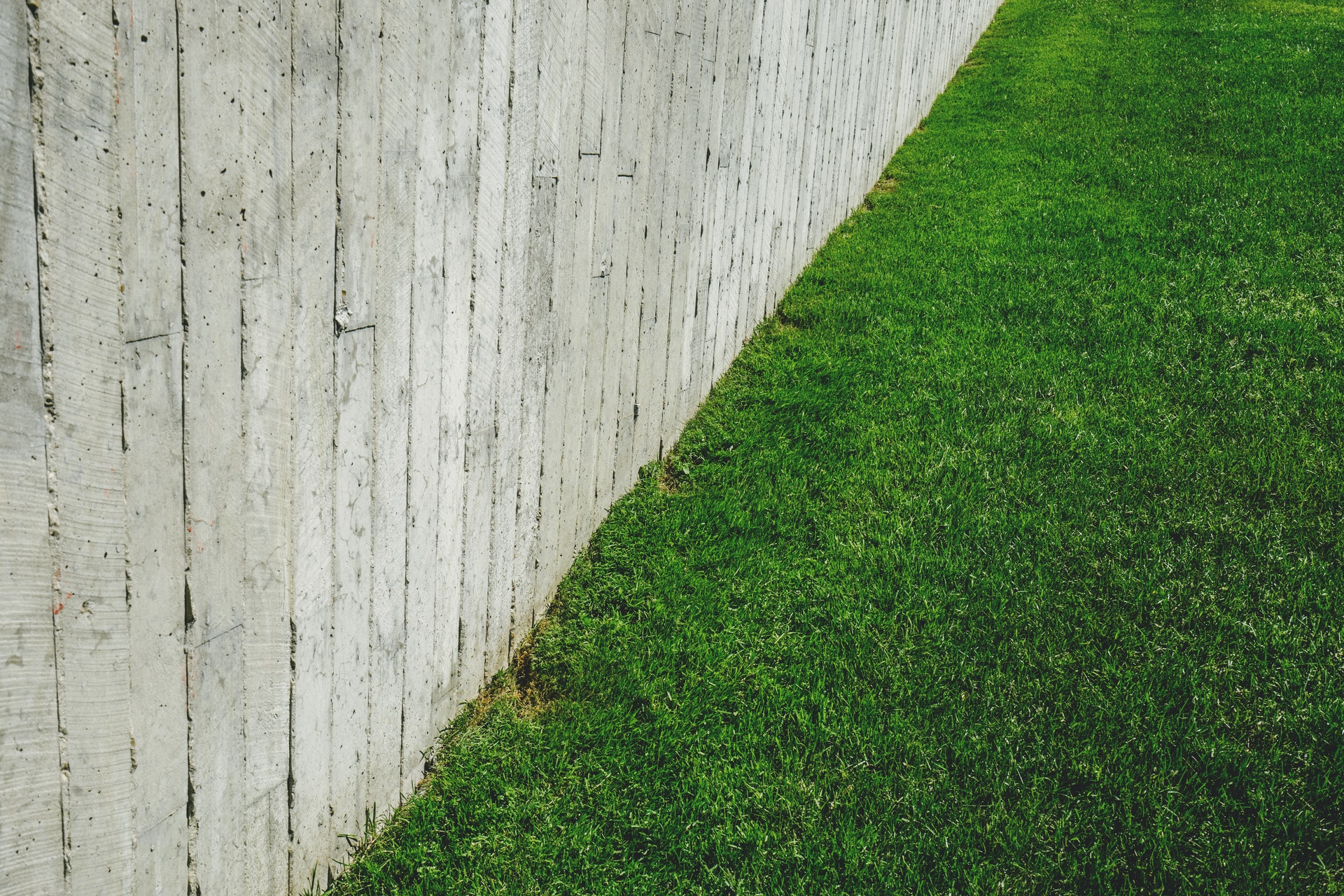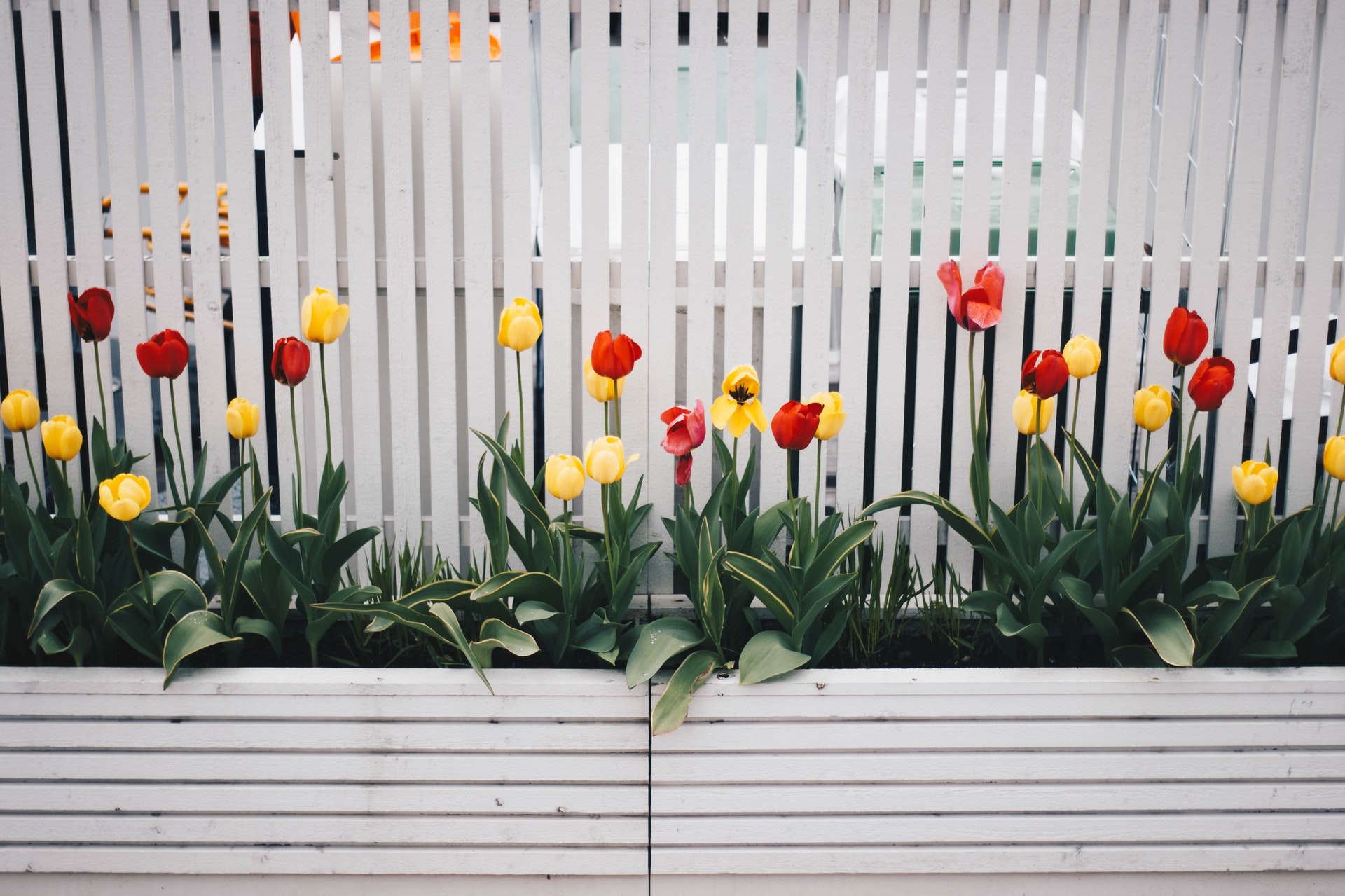Important Things to Keep in Mind When Installing and Building a Fence
When it is time to build a fence, calling a professional is the best option. While it is possible to take a DIY approach to fence installation and repair, for those with no prior experience doing this, using the help of the pros is highly recommended. Keep reading to learn more about fence design and construction to ensure the process is successful.
Building and Installing a New Fence
Usually, no permit will be required to build a fence; however, this is something a professional from Illinois Fence Company can let a home or business owner know for sure. It is also important to ensure there are no problems or easements related to the fence placement.
In some areas, there are bylaws related to the look and height of the fence, which needs to be followed to ensure no issues arise. It is also essential to call the utility provider in the local area to have all underground utility lines marked before moving forward with the fence installation.
Replacing a Fence
If someone is replacing their existing fence or making significant repairs, before moving forward, it is important to ensure the fence was installed in the right location. When replacing fences, there are some do’s and don’ts to keep in mind, so it is a good idea to keep these top-of-mind during the process to avoid issues.
What to Know about Installing Fence Posts?
Repairing or installing fence posts using concrete is a process that is labor-intensive and time-consuming. To help speed up the process a bit, consider using a mix-in-the-bag concrete along with polyurethane foam, which is quick to set. Again, this is one job that the professionals should oversee, as they can make short work of even large fencing projects.
A Checklist for Basic Fence Building
The first step is to ensure the layout for the fence is clearly marked with a line and stakes. Be sure to check this layout with the property lines. It is also necessary to mark the fence about six inches from the property line to ensure there is enough room for the fence and post structure. If someone is installing a chain-link fence, this much space is unnecessary.
It is also necessary to address any elevated ground or slopes present that could impact the layout and installation of the fence. For some slight sloping, consider a racked fence. This means the rail (the bar running horizontally between the posts) stays parallel to the ground in all the panels. If someone is dealing with a steeper slope, a stepped fence format (which looks just like it sounds) should be used. Make sure to use caution when creating a stepped fence layout, because the panels will have to be cut individually to work with the slope.
Wood Fence Considerations
 Wood fences are considered the most common and popular option. That is because they are the most affordable and there are multiple options to choose from, including redwood, cedar, pressure-treated, and more. However, all these options require ongoing and regular maintenance. Vinyl and composite fences are more expensive up front, but they do not require as much maintenance as natural materials, such as wood.
Wood fences are considered the most common and popular option. That is because they are the most affordable and there are multiple options to choose from, including redwood, cedar, pressure-treated, and more. However, all these options require ongoing and regular maintenance. Vinyl and composite fences are more expensive up front, but they do not require as much maintenance as natural materials, such as wood.
Secure Post Installation
To ensure proper installation of the fence posts, experts recommend using six-inch by six-inch posts for a wood fence, rather than four-inch by four-inch. It is also necessary to make sure the posts are properly braced while they are setting in the concrete. This can help ensure the gate and fence remain strong.
It is also necessary to ensure that all posts are installed at a minimum of 36″ deep. While this is sufficient, installing the posts at 48″ deep is better. The more secure the fence is when installed, the longer it is going to last.
Make sure the posts are secure and that they are properly installed. Once in place, fill the holes with mixed concrete. To help prevent water from impacting the posts and causing frost heave, put gravel into the bottom of the hole, which provides additional drainage. While this may seem obvious, it is important to make sure the fence posts are plumb and that the fence is level at the top and remain in a straight line.
Fence Components
The hinges are also an important consideration. Regardless of if someone chooses to use butt hinges or strap hinges, three sets should be used, rather than two. The additional hinge provides more support to the gate that is installed.
For nails and screws make sure to use stainless steel or galvanized steel. These are resistant to corrosion and rust.
Fence Material Options
The most popular material used for fencing today is wood. Staining or painting the surface of the wood will help preserve it and ensure it lasts longer. It is necessary for wood fences to be washed a minimum of twice per year. If a power sprayer is used for this, be sure to use a low setting as anything higher will create damage.
Another popular material is composite. This is made of adhesives, plastics, and recycled fibers. It can also be designed to look like any other material.
Vinyl is available in an array of textures, styles, and colors. While this is true, it may still look like plastic. This material does not have to be stained or painted and it is long-lasting because it will not rot, blister, splinter, or warp.
Finding the Right Professionals for Fence Installation Services
When it comes to fence installation, there are more than a few factors to consider. The best option is to help ensure the right professionals for the job are found. Take some time to consider what options are in the local area and get recommendations from other people. This is going to help ensure the best solutions are found and that the fence installed meets the needs of the property owner, regardless of how big the fence needs to be.

